National Mathematics day is celebrated throughout the country on 22nd of December every year to commemorate the birth anniversary of a legendary Mathematician, Srinivasa Ramanujan. Team Beyond Countables glorified the celebrations with a special talk about Ramanujan and his contributions by inviting Dr. N. Mohan. He earned his Ph. D from RKM Vivekananda College and his area of research is Survival Analysis, a new yet blossoming field of research in Statistics. At present, he is working as an Assistant Professor in the department of Mathematics in RKM Vivekananda College, Chennai. He narrated the life history of Ramanujan in a simple manner where the students can easily follow and appreciate the works and contributions of Ramanujan to the Mathematical society. He also walked us through the struggles and awards received by Ramanujan and highlighted the fact that even sky is not the limit if we are passionate enough. Our mentor and Educationalist, Mr. Aarooran, made the occasion special with his inspiring and motivating talk about pursing Mathematics and in his own words “The only way to escape Mathematics is to learn it”. We believe these words will surely create a positive impact and encourage students to learn, to love, and to appreciate the subject, which is the motto of Beyond Countables.
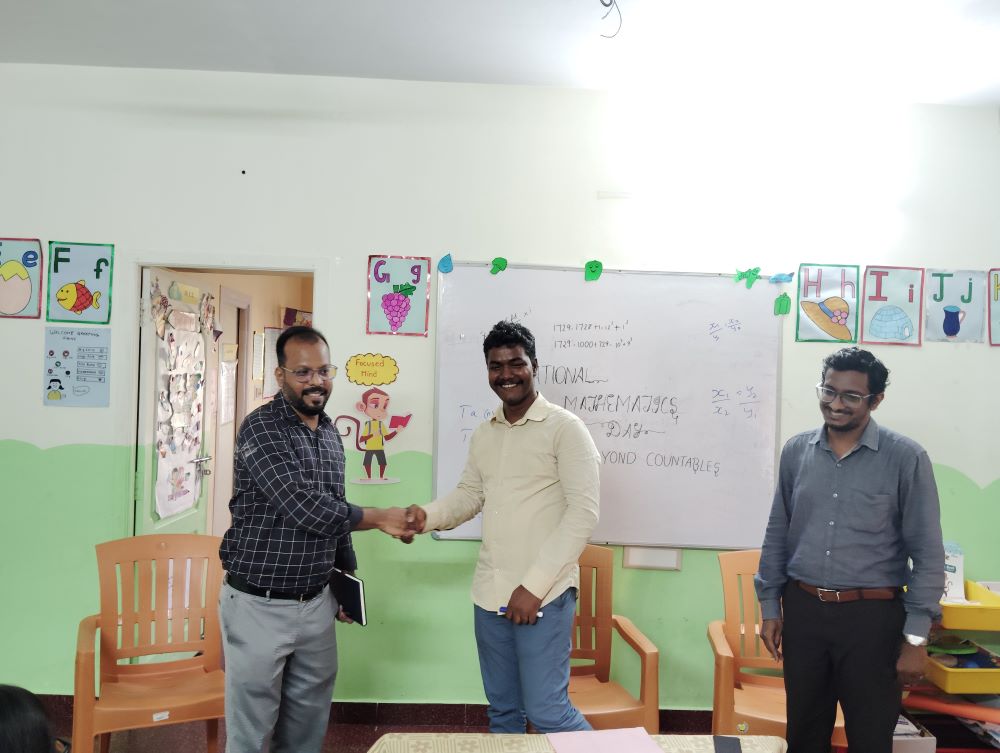
Activities at Beyond Countables: Ramanujan always played with numbers and several great Mathematicians started their journey by playing with numbers. We conducted some activities that involve deep logical thinking and a mindset to play with numbers. Sudoku is one such famous puzzle. Students were grouped into two teams and both the teams were able to complete the given task. It was then followed by a series of tasks that involve not just critical thinking but also stretching of their muscles. Pictionary and Guess the number are two such games where the children not only had fun but also applied their knowledge and creativity. The event was wrapped up with one of Ramanujan’s favorite areas in Mathematics: Magic square. The task is to fill in a 3 x 3 table with numbers from 1 to 9 (no repetition) such that every row, column, diagonal adds up to 15. Then they were treated with a 4 x4 magic square which has Ramanujan’s birthday in it.

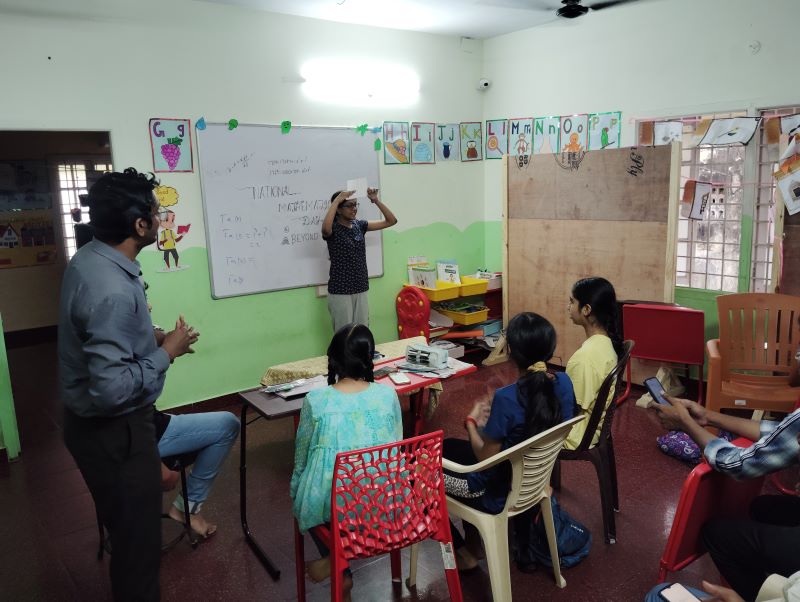
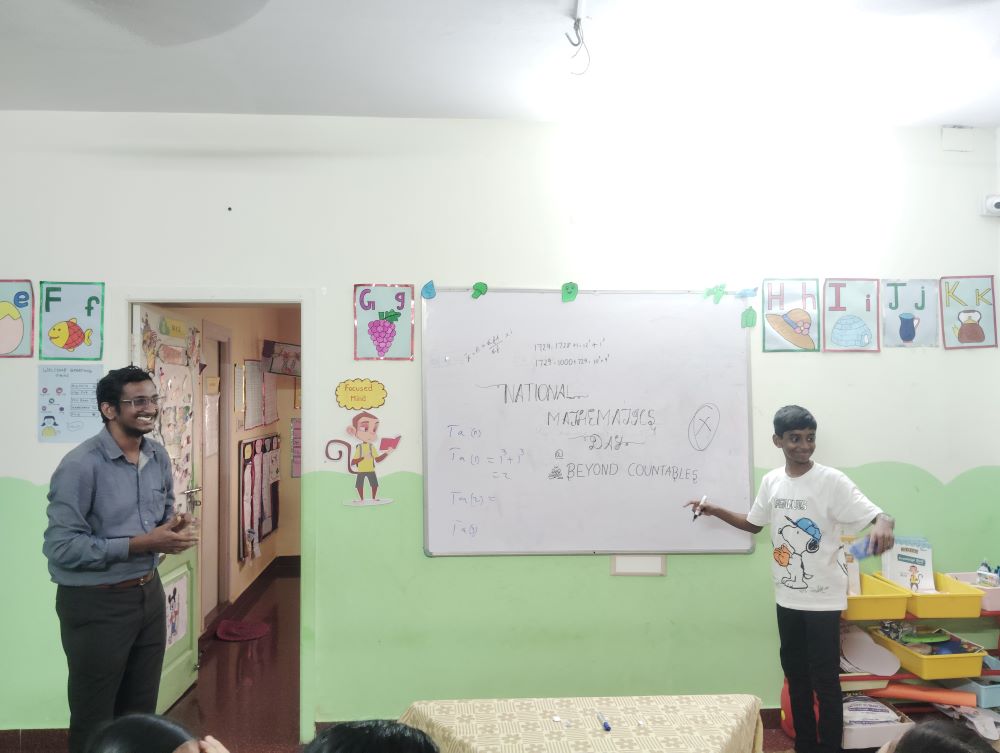
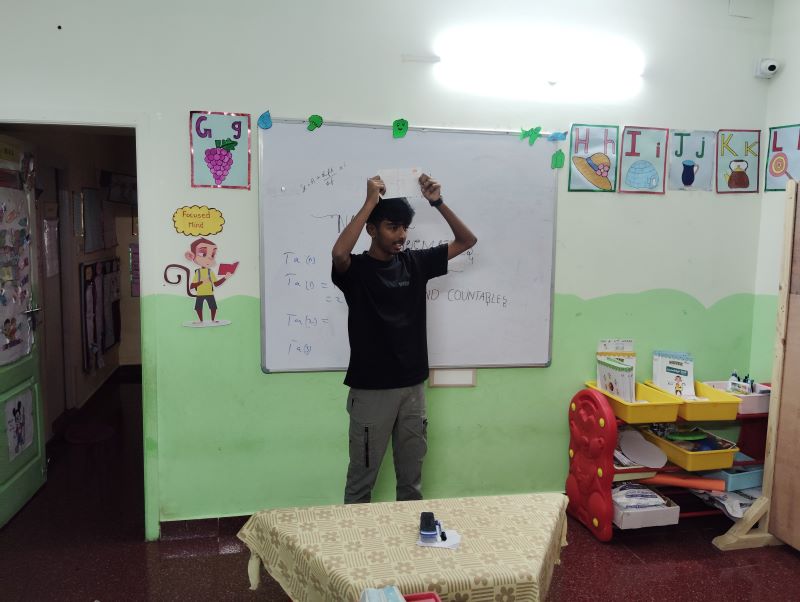
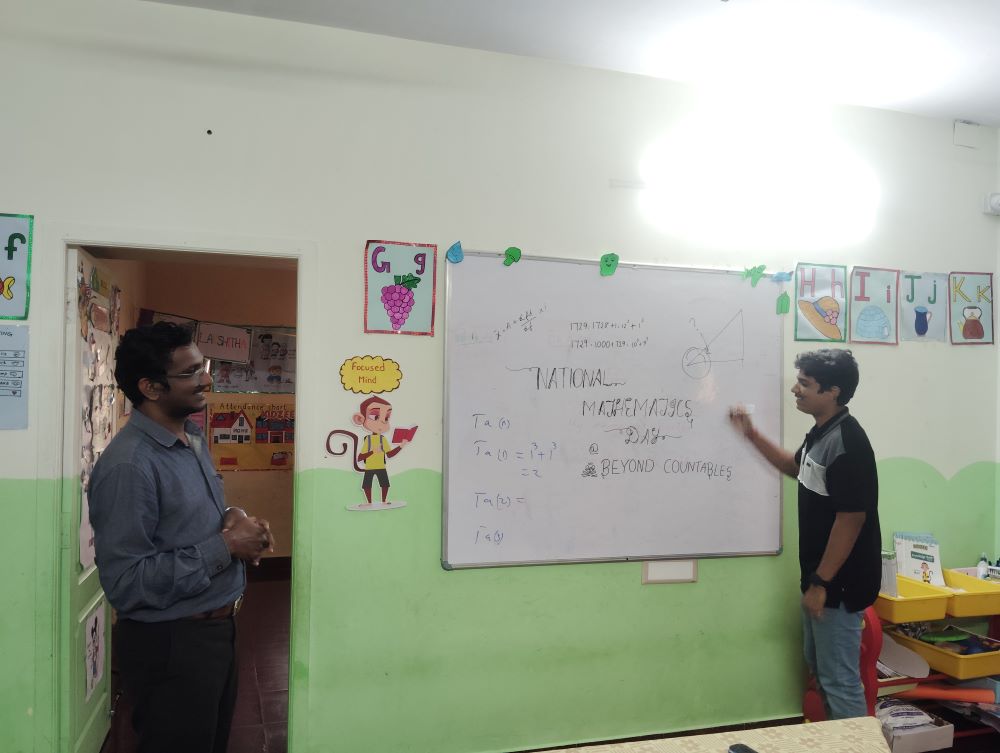
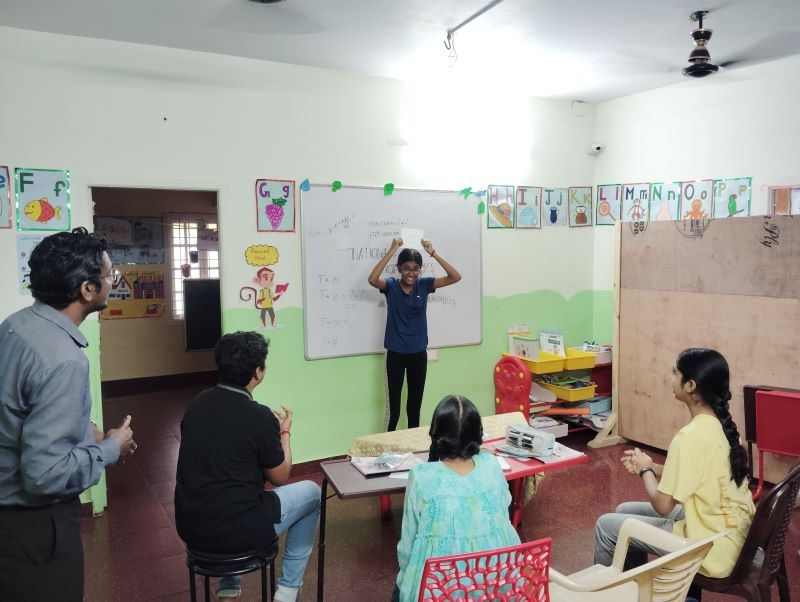


Early life: Srinivasa Ramanujan (December 22, 1887 – April 26, 1920) was born at Erode, Tamil Nadu, but moved to Kumbakonam in his early childhood, his father was a clerk at a clothing merchant shop. He was a class topper in his school and his genius was revealed in high school when his teacher remarked (incorrectly) “anything divided by zero is infinity”. He immediately questioned the teacher “what about zero divided by zero?” who had no answer.
High School & College: Between the age of 10 and 15 he self-taught advanced trigonometry. Ramanujan’s life took a significant turn when, in 1902, he obtained a copy of A Synopsis of Elementary Results in Pure and Applied Mathematics, a book by G. S. Carr that contained thousands of theorems but few proofs. He was able to secure a scholarship at University of Madras for this undergrad but had to dropout since he excelled only in Math. He worked as a clerk at Madras port trust to make a living yet continued to work and expand his mathematical ideas. He published his first paper in the Journal of the Indian Mathematical Society at 1911 with the help of the V. Ramaswamy Aiyer, founder of IMS.
Beyond the boarders: Ramanujan wrote to many leading Mathematicians but only G. H. Hardy replied with positive note and encouraged Ramanujan to collaborate with him. Hardy invited Ramanujan to study at Trinity College, London. Ramanujan was a strict vegetarian and being vegetarian was difficult in foreign a nation and hence he suffered serious health issues. When Hardy visited him in hospital once, he remarked the taxi number 1729 as dull but Ramanujan immediately replied “it is the smallest number that can be expressed as sum of cubes of two different numbers in exactly two ways”,
1729=13+123=103+93
Several of his results remained unpublished at the time of his death and is popularly known as “the lost notebook” which even today serves as an inspirational research problem to many mathematicians. In 1918, he was elected to the Royal Society of London. To honor his significant contributions, National Mathematics Day is celebrated on 22nd December every year in India.

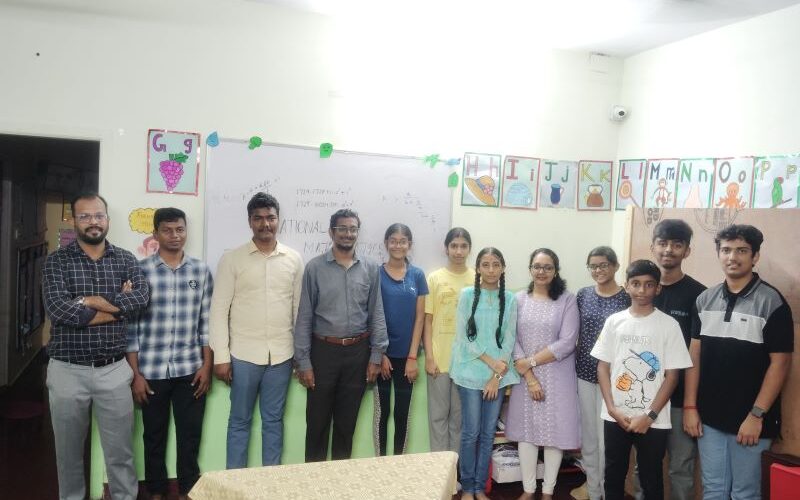
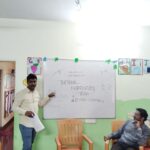
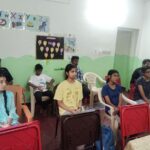
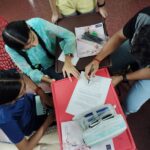
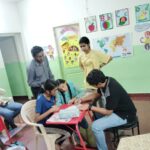

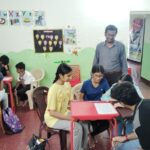
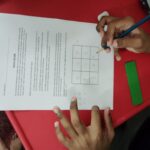
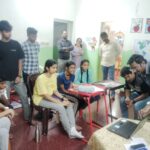
Kids look extra ordinary with their intelligence, they all look like us if we rewind back 😊kudos👍🏼